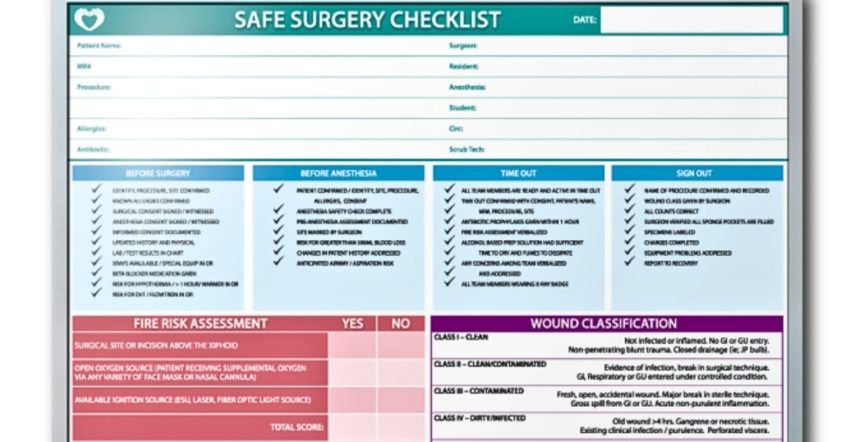How Whiteboards Can Enhance Patient Communication
When a patient comes into a hospital or medical facility, clear communication is necessary to ensure that no valuable information is missed and the patient is treated correctly. Unclear communication will lead to mistakes, and every staff member should work to combat this. Whiteboards can enhance patient communication in many ways and might be the solution you need to make sure your patients are getting the right information. Here is how whiteboards can improve communication among patients and staff.
1. Visual Clarity and Transparency
Whiteboards provide a clear, visual representation of vital information that is easily accessible to both healthcare professionals and patients. Whether they’re displaying the patient’s care plan, daily schedule, or medication timings, whiteboards make it easy for everyone involved to stay informed and avoid misunderstandings.
2. Real-Time Updates
The dynamic nature of whiteboards allows for real-time updates, which is essential in a constantly changing healthcare setting. Doctors and nurses can quickly note any changes in a patient’s condition, new treatments, or upcoming tests. This ensures that all team members are on the same page and the information is always current.
3. Enhanced Patient Engagement
Patients who understand their care plan are more likely to be engaged and proactive in their treatment. Whiteboards can be used to outline daily goals, upcoming tests, and expected discharge dates. When patients see their progress visually, they may experience a boost in morale or feel more encouraged to actively participate in their recovery process.
4. Improved Staff Coordination
Effective teamwork among healthcare professionals is critical to patient care. Whiteboards serve as a central hub for information, making it easier for staff members to coordinate their efforts. Shift changes can be smoother as incoming staff can quickly get up to speed on patient statuses and ongoing treatments, reducing the risk of errors.
5. Facilitates Family Communication
Family members often play an essential role in a patient’s recovery. Whiteboards provide a straightforward way for families to stay updated on their loved one’s condition and care plan. This transparency helps reduce anxiety and enhances trust in the healthcare team, as family members can see the plan of action and ask informed questions.
6. Customization and Personalization
Each patient is unique, and their care plans should reflect that. Patient whiteboards can be customized to include specific information relevant to each patient, such as dietary restrictions, allergies, or personal preferences. This personalized touch not only improves the quality of care but also makes patients feel valued and understood.
Whiteboards are a versatile and effective tool for improving communication in healthcare settings. By understanding how whiteboards can enhance patient communication, healthcare professionals can leverage this simple tool to deliver better, more efficient care.




